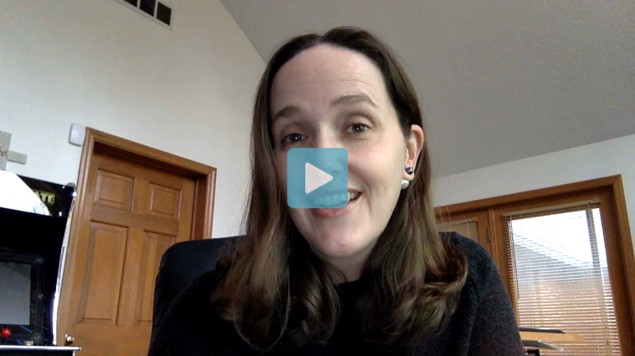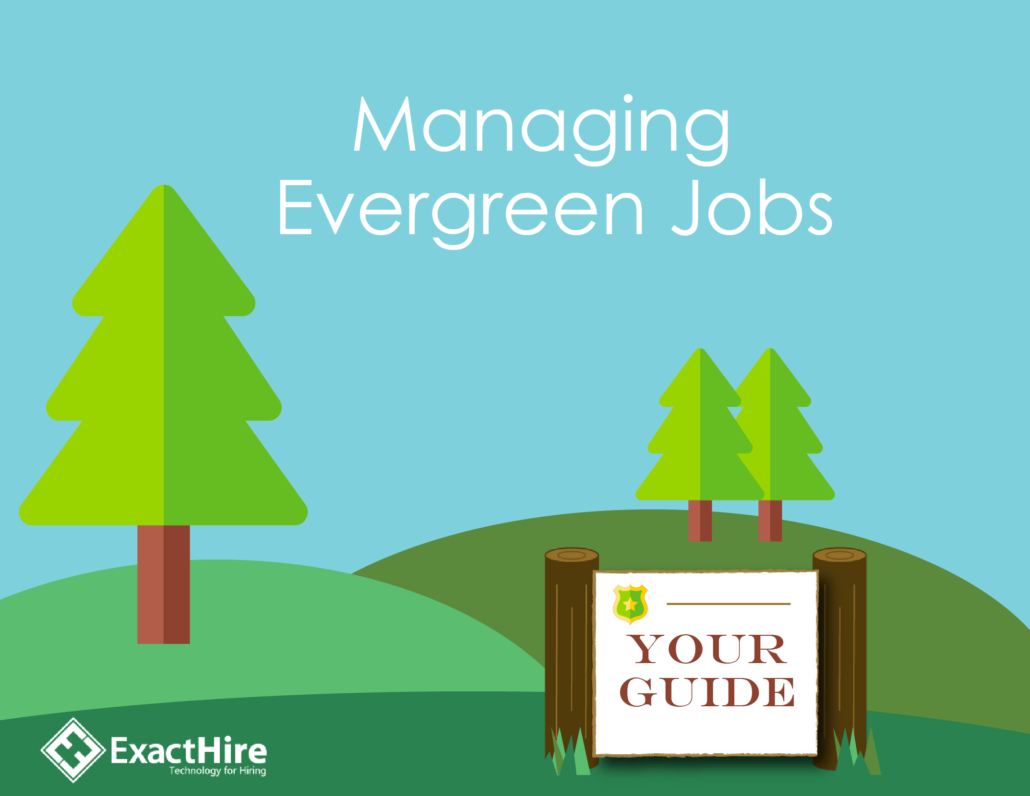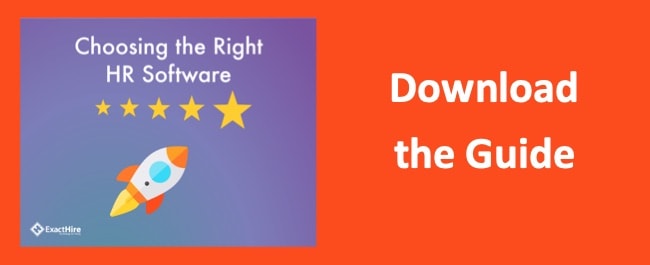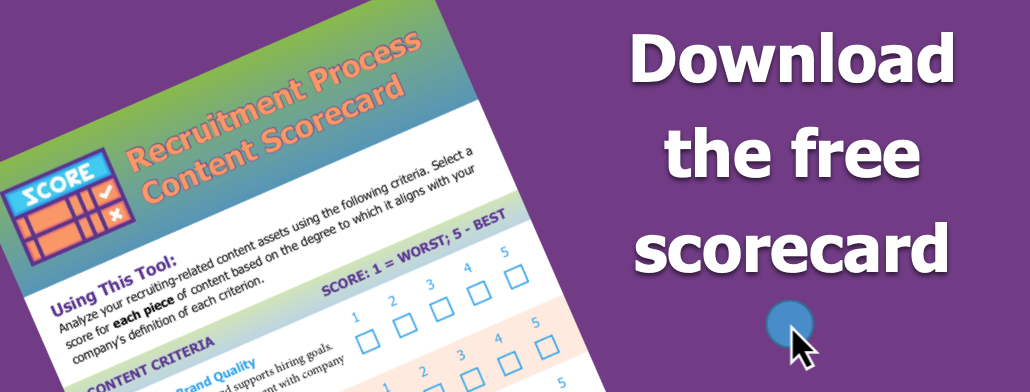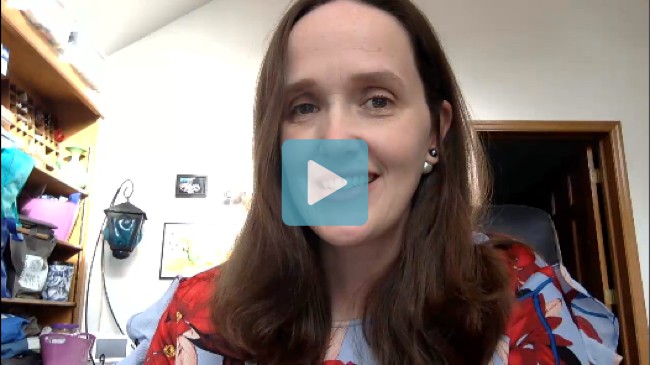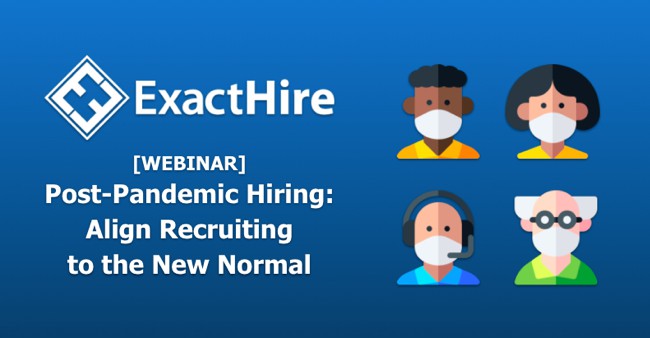What is the Best Employee Onboarding Process
The benefits of effective employee onboarding are often overlooked. But, done correctly, onboarding will contribute to your organization’s financial health. When you make the effort to acclimate your new employees to their new roles, they will become productive more quickly and will stay longer.
Finding and training the right people is expensive, and you risk wasting financial resources if you don’t do everything you can to make your new hires successful. By creating an effective onboarding plan, you’re also shaping your company’s culture into an environment that bolsters teamwork.
Onboarding acclimates your new hires to the company and their position within it. The best employee onboarding process will steer new hires toward success in their roles and create alignment with the company’s culture and values.
New Employees and Getting Started
It’s easy to be overwhelmed when considering how to onboard a new employee. You’ll need to create an onboarding schedule that’s unique for each role, even though many tasks will be the same for all new hires. For example, every employee will need to know and understand your harassment policies, but those in management will require further training.
Additionally, there’s pressure to come up with creative new ways to onboard employees. Like most employers, you’re probably experiencing a shortage of qualified applicants. You don’t want to risk losing your new superstar under piles of employment forms and reels of outdated videos.
COVID-19 has created yet another series of challenges as many human resource professionals wonder how to onboard new employees remotely. You can get started by breaking down the steps to onboard a new employee.
First, consider your onboarding goals. These goals will vary for each position. In general, the onboarding process should transform a new hire into a productive team member.
Determine the metrics you’ll use to measure how long it does take for a new employee to be productive. These metrics will become goals for the new hire. Determine the support your new hire will need to achieve each goal. Armed with this information, you’re ready to create an onboarding process flow chart.
Employee Joining Process Flow Chart
An employee onboarding process flow chart is a powerful visual tool because it creates benchmark deadlines. Your onboarding flow chart should take your onboarding processing from the preboarding stage through to the employee’s first annual review.
A team member should be assigned to each phase of the flow chart and a deadline should be assigned. Goals should be clearly communicated for each item. You can use onboarding software to manage communications and organize important documents.
Onboarding software can help you create a flow chart for the new hire training process. The flow chart you create with onboarding software can assign tasks to your onboarding team. The customized workflow can automate assignments and trigger reminders. Team members will be able to access files and reports from within the system.
Software can help you organize your onboarding process and save you time. Using software, you can easily create an onboarding process flow chart template for every position in your organization. New hires will be able to fill out their employment forms digitally and their information can seamlessly merge with your human resources system. Everyone on your team will spend less time inputting data and managing records.
New Employee Orientation
The best orientation practice will help your new employee understand how his role fits with the company’s larger picture. Orientation is your opportunity to present your company’s mission. This crucial introduction will help rally your employees around the company’s values. It’s a key component to creating a strong team.
Many organizations create games to make new employee orientation fun and memorable. You can create a mock game show using questions about the employee handbook. Or you can create an office scavenger hunt for new employees. To help new hires get to know their coworkers, give them an autograph book. Tell current employees to initiate a short get-to-know you conversation when they sign the book.
The best practices for employee onboarding will incorporate a technology perspective. You can use onboarding software to create training modules for your new hires. Use the triggering feature to avoid overwhelming employees. You can even send automatic reminders to gently nudge employees to complete training modules.
Onboarding software will come with free templates and checklists to make new employee orientation easier to manage. You can create new hire packets quickly and easily.
Virtual New Hire Orientation Ideas
COVID-19 has upended the onboarding process for many companies. If your organization operates in a state that has mandated work-at-home policies, you may be concerned about providing your new employees with the support they need. Even if your employees are able to work onsite, masks and social distancing policies may undercut your efforts at team building.
Now it’s even more critical to make sure new employees are able to build rapport with their coworkers. Advise supervisors and team members to check in with new employees while they learn to navigate their role in a pandemic world.
Many organizations have turned to creative ideas for new hire orientation during the pandemic. Make the most of virtual meetings. You can avoid “Zoom fatigue” by utilizing breakout rooms and doing interactive activities.
Team members can also create a welcome video for new hires. You can also encourage team members to have a virtual “coffee break” during which they can chat and get to know each other. You can use these techniques and others to encourage the socializing and relationship-building that happens naturally in the office.
Ideas for orientation can include a presentation for new hires during which the team can get to know each other with ice breaker questions. These ideas include employee orientation videos and PowerPoint slides that new hires can view remotely.
New Employee Welcome Packet PDF
You can send the digital portion of the welcome pack to the new hire’s email. Include welcome messages from the new hire’s manager and team members. Also include a link to the online benefits portal as well as their digital employment forms.
The welcome pack should include the things all new employees need to know. Include the company’s mission statement and organizational chart with the employee welcome booklet. The new employee welcome packet PDF should also include the company handbook and policies.
The welcome packet is also an opportunity for your new hire to get to know your brand. Throw in some company swag such as a t-shirt or a hat. Mix in professional items with fun items. A personal development book with something fun like a mini basketball net to go over the waste basket will foster productivity and creativity.
Your new employee will grow as she moves through the stages of the onboarding process. The welcome packet, orientation, training, productivity goals and ultimately the first year performance review should all be structured to support your employee’s success.
Employee Onboarding Process Flow
The key to a smooth onboarding process is a checklist. Software can help you easily create and customize a checklist for each position. You’ll be able to assign tasks and deadlines from within the application. Each stakeholder will be able to access the checklist and communicate from within the software.
The employee onboarding process should flow seamlessly from the preparation stage all the way to the first annual review. When you use onboarding software, you can track your progress and data so you can improve the onboarding checklist over time. You can create a questionnaire for new hire’s to complete at the end of their first year to find ways to improve your onboarding process.
If you’re wondering what the phases of the onboarding process are, we’ve broken it down for you here.
Employee Onboarding Process Summary
Strong job growth over the past decade and, more recently, the pandemic have forced organizations to get creative with their employee onboarding process. The talent shortage of the past few years has made hiring more difficult. COVID-19 has made it difficult for new hires to build relationships and acclimate within their new organizations.
The unique challenges companies face going into 2021 mean the employee onboarding process is more important than ever. By using digital tools to foster community and putting extra effort into team building, you can increase employee retention and build a stronger team.
Companies are finding it takes more than converting their welcome packet into a PDF file to meet the digital challenges during the pandemic era. As it becomes more difficult to find and keep talent, more companies are asking what is the best employee onboarding process that will reduce turnover.
But the best onboarding process hasn’t changed in these stormy times. A new set of challenges simply helps you see the solution more clearly. By seeing the onboarding process as an opportunity to support your employee’s success and develop a dynamic company culture, you can bolster your organization’s financial health.
Want to learn more about onboarding software?
Schedule a live demo today!
Photo by Nastuh Abootalebi on Unsplash

